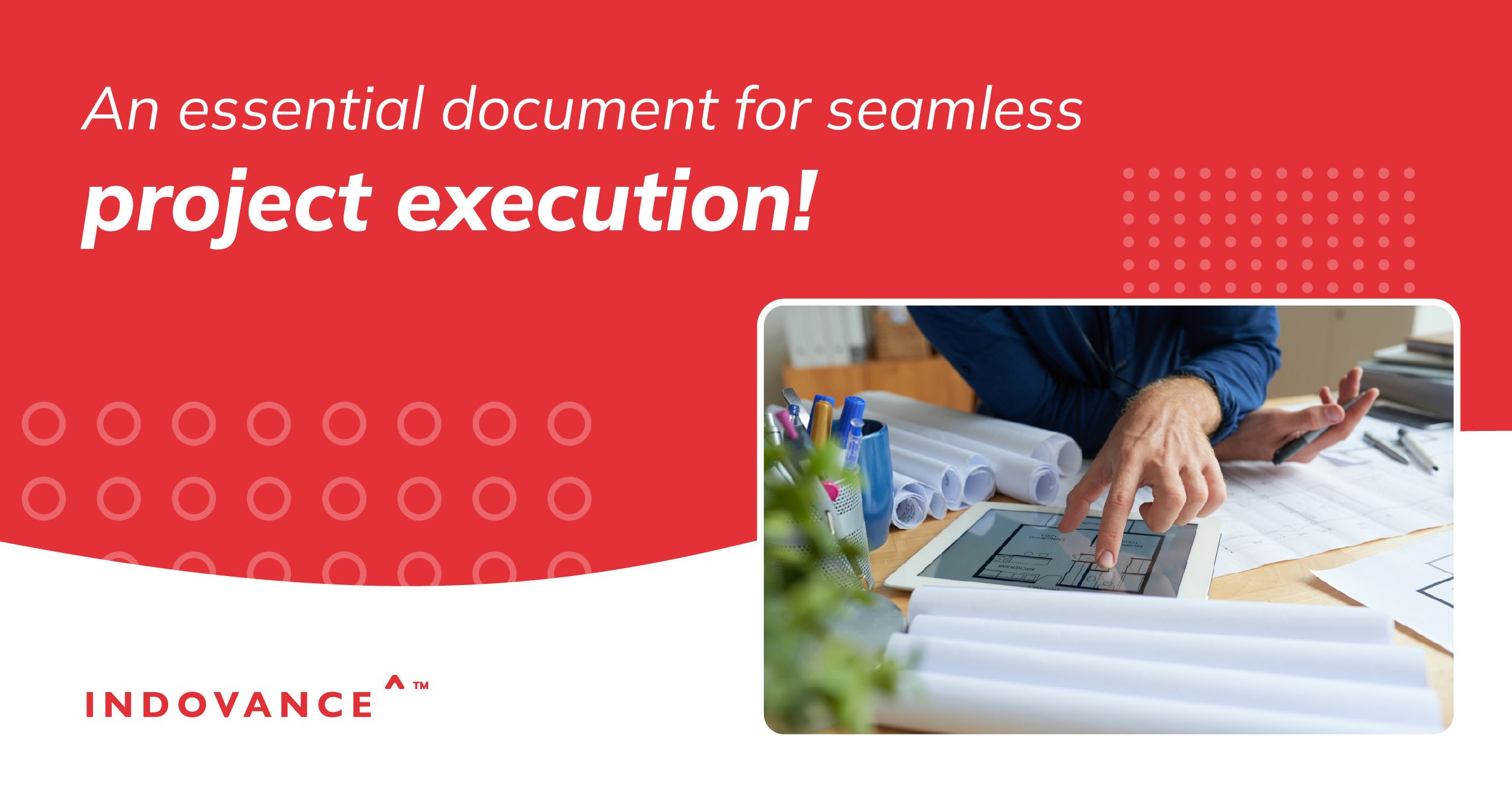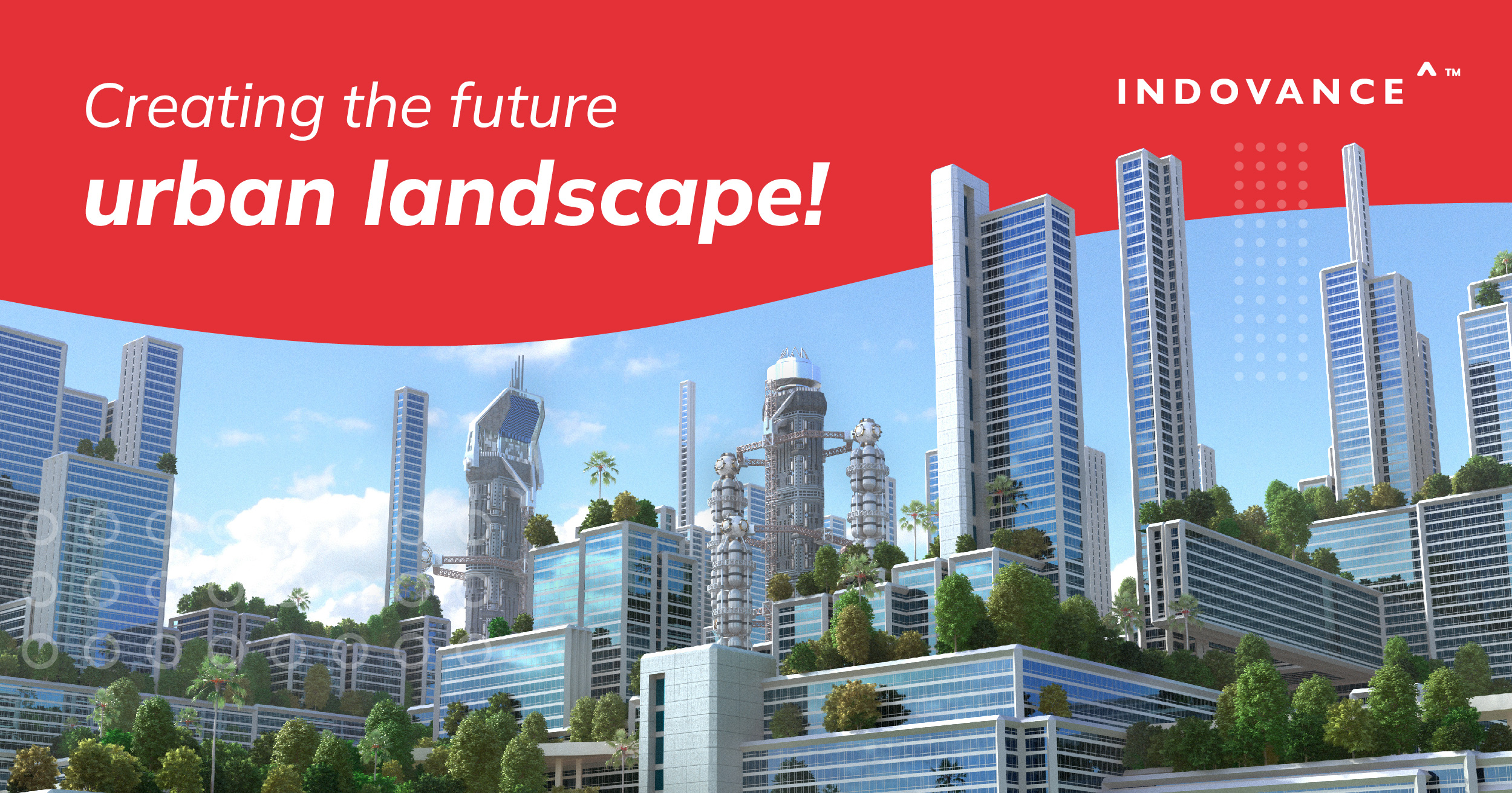Infrastructure development is a key pillar to the economic growth of a country. Today, with diminishing boundaries and a growing need for connectivity, there’s a greater demand for strong infrastructure. Furthermore, to achieve net zero targets’ businesses must ensure that infrastructure projects are both efficient and environmentally friendly.
Today, we will talk about sustainable infrastructure. Our current infrastructure – energy, transport, building, and water – collectively contributes to more than 60% of global greenhouse gas emissions. If we are to meet the targets set by the United Nations Sustainable Development Goals (SDGs), we must prioritize the transformation of our infrastructure to align to reduce carbon emissions and promote sustainability.
UN Sustainable Development Goals
The UN has defined 17 Sustainable Development Goals (SDGs) to address global challenges and create a better future for all. These goals encompass a wide range of areas including poverty eradication, quality education, gender equality, clean water and sanitation, affordable and clean energy, sustainable cities and communities, climate action, and more. Each goal represents a blueprint for collective action to achieve a better and more equitable world by 2030.
The 9th goal seeks to build resilient infrastructure, promote sustainable industrialization, and foster innovation. The target is to develop resilient infrastructure with equitable access, promote sustainable industrialization, enhance financial services for small-scale enterprises, upgrade industries for sustainability, boost technological capabilities and innovation, provide support for infrastructure development in developing countries, and increase access to information and communications technology.
To achieve this, businesses globally must adhere to ‘good practices’ which will ensure development while respecting environmental and social considerations.
Practices to Follow for Sustainable Infrastructure Development
The United Nations Environment Program (UNEP) has defined 10 guiding principles for greener infrastructure development-
- Strategic Planning: Businesses must engage in forward-thinking strategic planning to align their operations with long-term sustainability goals.
- Responsive, Resilient, and Flexible Service Provision: Adopting a responsive and resilient approach to service provision ensures businesses can adapt to changing market dynamics, technological advancements, and environmental conditions.
- Comprehensive Life Cycle Assessment of Sustainability: Conducting thorough life cycle assessments allows businesses to evaluate the environmental and social impacts at every stage, enabling informed decision-making.
- Avoiding Environmental Impacts and Investing in Nature: Prioritizing practices that minimize environmental harm and investing in nature-based solutions can help mitigate climate change, protect biodiversity, and ensure the long-term viability of ecosystems.
- Resource Efficiency and Circularity: Embracing resource efficiency and circularity principles to minimize waste and reduce resource consumption.
- Equity, Inclusiveness, and Empowerment: Promoting equity, inclusiveness, and empowerment within the workforce and across supply chains fosters diversity, enhances social cohesion, and creates opportunities for communities to thrive.
- Enhancing Economic Benefits: Businesses should strive to generate positive economic impacts by creating jobs, fostering innovation, and contributing to local economic development.
- Fiscal Sustainability and Innovative Financing: Pursuing fiscal sustainability and exploring innovative financing methods can help businesses invest in sustainable initiatives, infrastructure, and technologies while maintaining financial stability and resilience.
- Transparent, Inclusive, and Participatory Decision-Making: Embracing transparency, inclusiveness, and participatory approaches in decision-making processes fosters trust, accountability, and stakeholder engagement, leading to more effective and sustainable outcomes.
- Evidence-Based Decision-Making: Businesses should base their decisions on robust evidence, data, and research to ensure informed choices that align with sustainability objectives, mitigate risks, and maximize positive impacts on society and the environment.
Modern technology can be a big help here. Bringing AI into the picture, its data-driven insights, predictive analytics, and automation tools can further improve operations and decision-making. Digital twins can help businesses become more efficient, transparent, and accountable in their sustainability efforts, leading to positive environmental, social, and economic impacts.
Sustainable infrastructure is vital for our prosperity. By focusing on environmentally friendly and inclusive development, we can create opportunities for economic growth and community well-being while achieving net zero targets.






